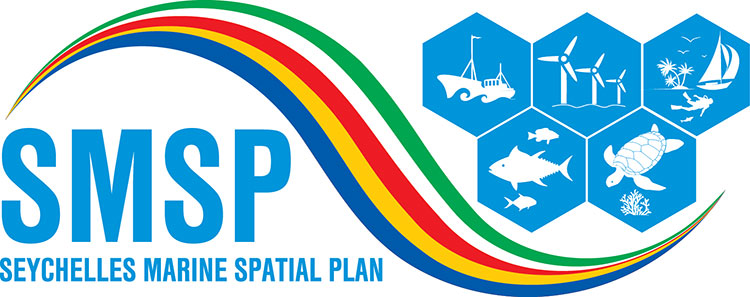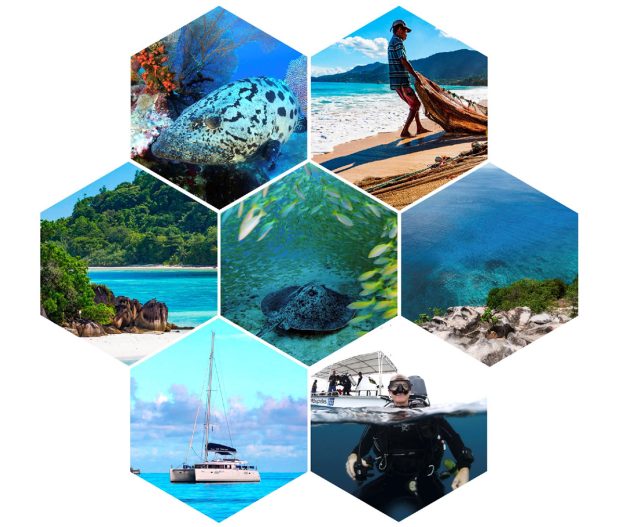Over the past decade the Seychelles has been a world leader in developing a comprehensive system of marine protected areas in a highly inclusive and equitable process with stakeholders. The spatial coverage of legally designated marine protection areas covers more than 410,000 square kilometers as of March 2020.
The purpose of this study was to quantify the ecosystem goods and services provided by Seychelles Marine Protected Area system. The project timeline, methods, maps and other info about this project can be viewed on The Nature Conservancy’s ArcGIS HUB called Mapping Ocean Wealth in Seychelles
Key findings about marine ecosystem services in Seychelles:
- 90% of the 1,149 kilometers of total shoreline in benefit from coastal protection by fringing coral reefs.
- 77% (889 km) of the total shoreline is located in – or adjacent to – a legally designated marine protected areas. Meaning that 889 km of the total shoreline has legal protection and contains important regulatory ecosystem services for coastal protection.
- Most of the marine protections are far from human habitation thus of the 44,280 people who live in low-lying coastal areas – categorised as 30 m or less above sea level – about 18% benefits from the risk reductions and storm protection provided by reefs in, or beside, protected areas.
- Every protected area in Seychelles contains blue carbon from either seagrass, mangroves, or both, with the total sum of blue carbon found in protected areas estimated to be 156.7 million metric tons (Mt). The numbers are dominated by the contribution of seagrasses most notably from the Mahé Plateau.
- Coral reefs generate US$ 51.5 million annually from on-reef activities such as snorkeling and diving, the equivalent of 30,156 visitors to the Seychelles.
- Natural values of the beaches in Seychelles are estimated to be generating a combined total of USD$ 160 million of tourism expenditure annually with 94,000 visitors who are attracted specifically to the natural aspects of Seychelles’ beaches.
The ecosystem service data generated through this project can strengthen existing knowledge, but can also create new understanding, filling knowledge and data gaps on human uses that had been less widely considered or mapped. The results of this analysis suggest that in general Seychelles’ protected areas make a very strong contribution toward protecting the values that underpin the nation’s Blue Economy. We highlight outstanding ecosystem service values within marine protected areas that can help guide development of future management plans, as well as potential gaps where important services may not be adequately represented within protectiion for the long-term sustainability of these values.
Funding and other support was provided by the Third South West Indian Ocean Fisheries Governance and Shared Growth Project (SWIOFish3) and the Ministry of Agriculture, Climate Change and Environment (MACCE).

